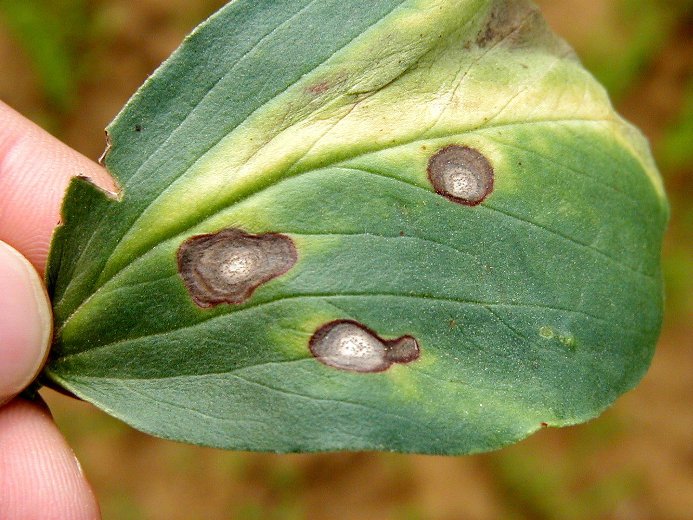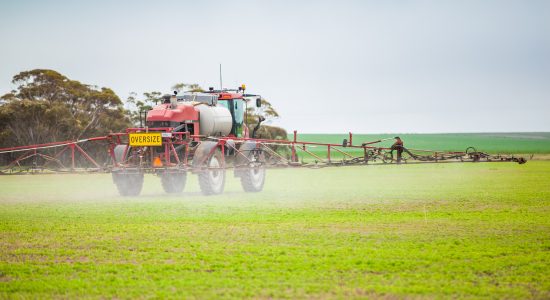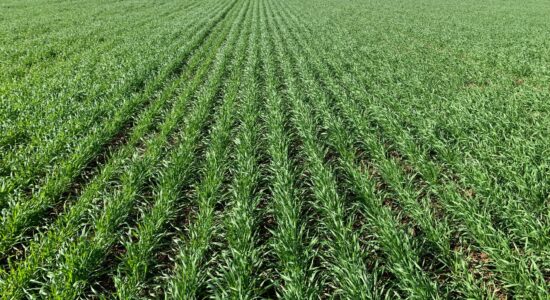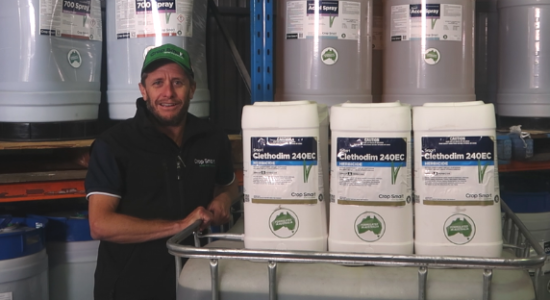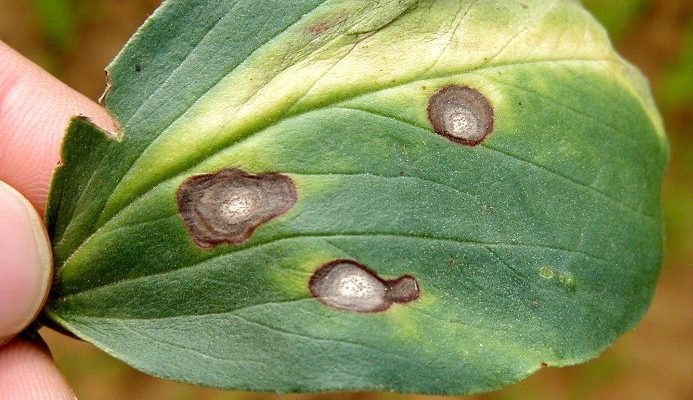
Having a Fungicide Strategy Paid Big Dividends in 2016 – what’s yours for 2017?
Across our store network we have areas on the Eyre Peninsula, SA experiencing their driest start for 20 years, whilst the Victorian Mallee is having its best start for 20 years – one thing with farming is that no two years are the same. If you’re experiencing a dry start, please ‘bear with me’ as I discuss the importance of having a fungicide strategy ready for the season.
Last year the market was caught out. Following a few years of dry finishes, we had all forgotten what persistent rain through August and September meant in terms of fungicide in crop. Added to which chlorothalonil and carbendazim were hard to source anyway. The combination of the two meant the market ran out and prices doubled in some instances as product was airfreighted in.
So what’s the current supply situation? What have we learned from last year and what’s a good strategy for this season?
Chlorothalonil in particular is still in global short supply. What this means is that whilst product is available to purchase, the lead times are long. It’s most likely that the stock that’s in the country now is the stock that will be available for the season and there will be very little time to react to seasonal conditions. Carbendazim is easier to purchase but the market is always conservative around stocks.
What we learnt last year was that it doesn’t take much seasonal variation to break the supply chain. No one is forecasting the weather we had last year but plantings of legumes have increased significantly and agronomically things have changed. Last year we saw the impact of Aschochyta and Botrytis grey mould in varieties that were supposed to have resistance and in some areas, it spread at great cost. Agronomists are now recommending a standard first spray that was once not needed or only required during a wet season in some areas. This means the industry is using more product than ever early in the season, regardless of the weather. We are already seeing this in the Victorian Mallee with substantial volumes being sold in May for their first spray.
Given the small cost of carrying some fungicide relative to the yield loss of $600-$1200T crops from late or no application, the right strategy is to buy 1 to 2 sprays now and each time you spray to reassess whether you need to put another one in the shed. In the worst-case scenario, you’ll be carrying one spray at the end of the season and the best outcome for buying early means you get the lower priced product. We think that’s a small insurance premium that’s worth paying.
Sign Up
